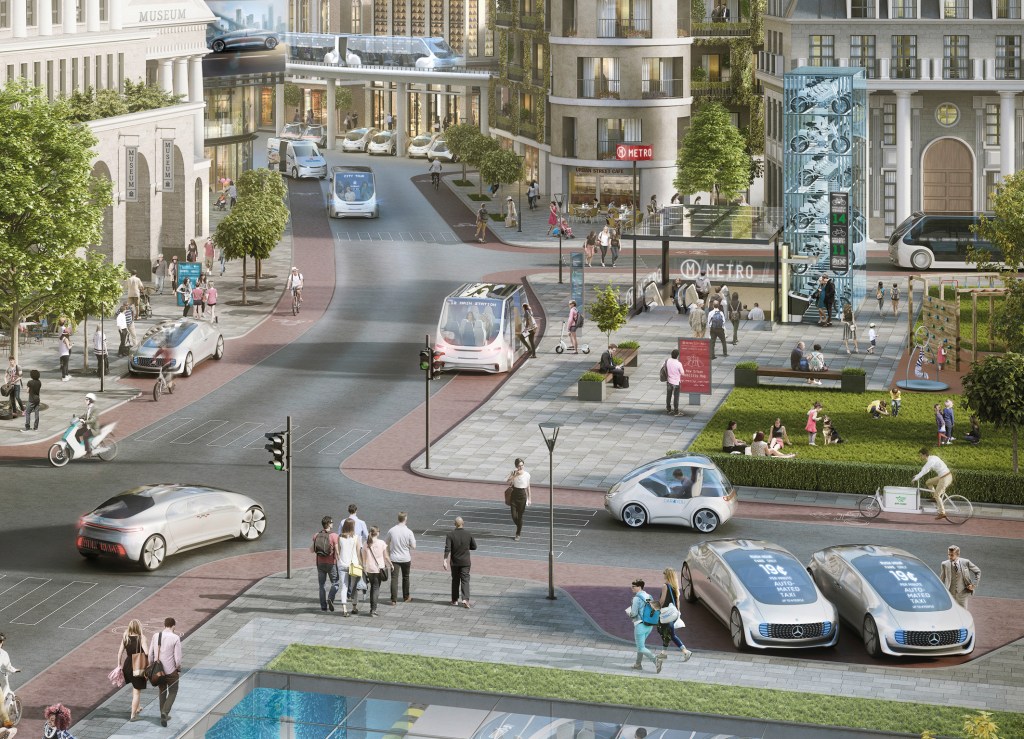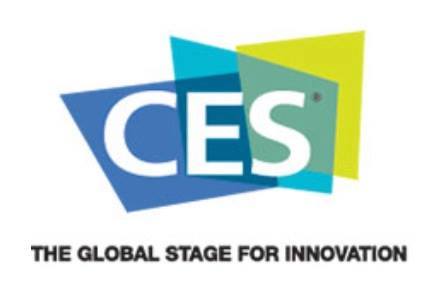Self-Driving Taxis
By Daimler & Bosch
Once found only in science fiction, self-driving cars are about to show up on a street near you. Goldman Sachs estimates that the market for advanced driver assistance and autonomous vehicles is expected to grow from roughly $3 billion in 2015 to $96 billion in 2025 and balloon to $290 billion in 2035. When two […]

